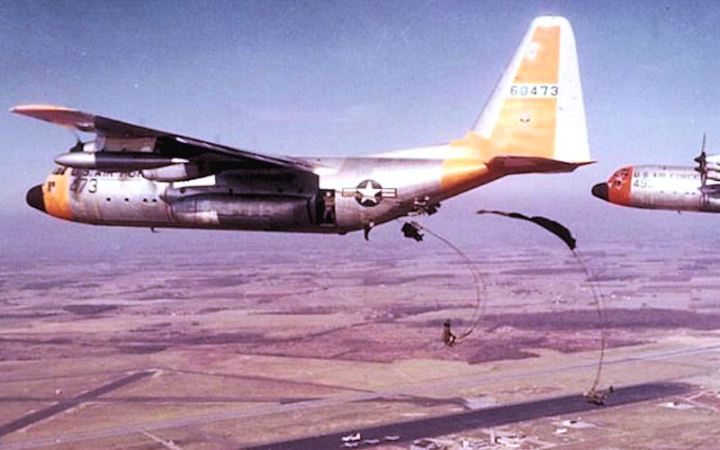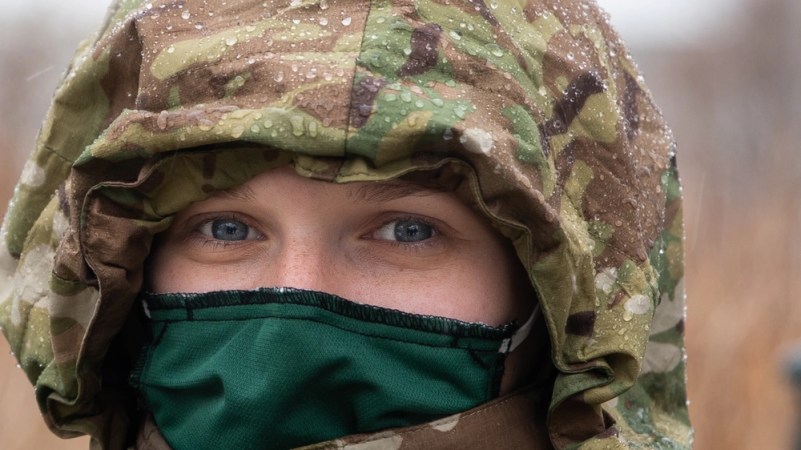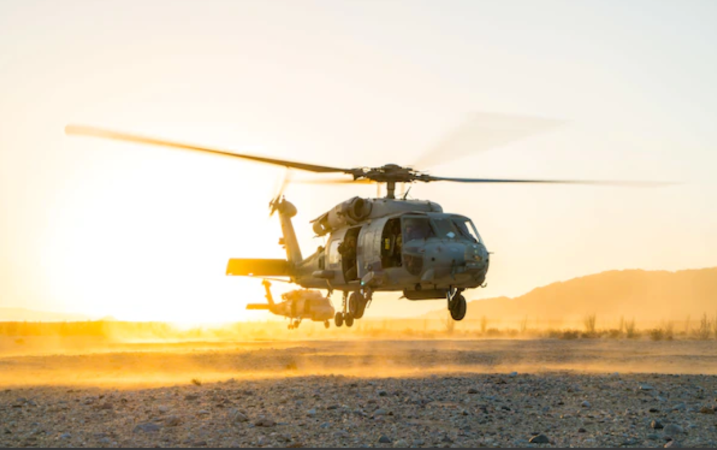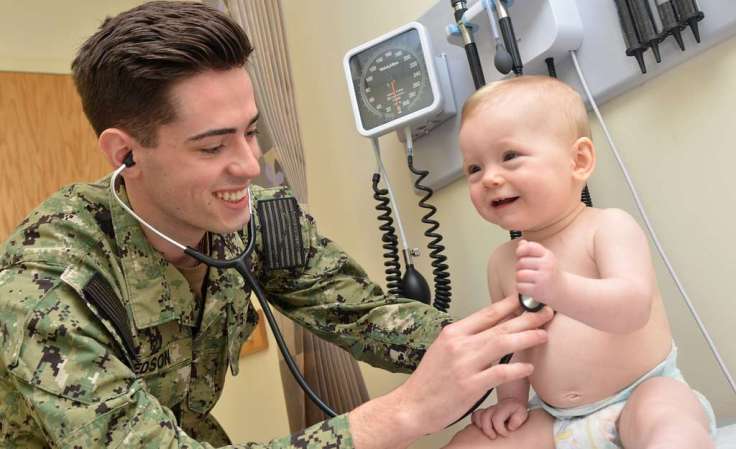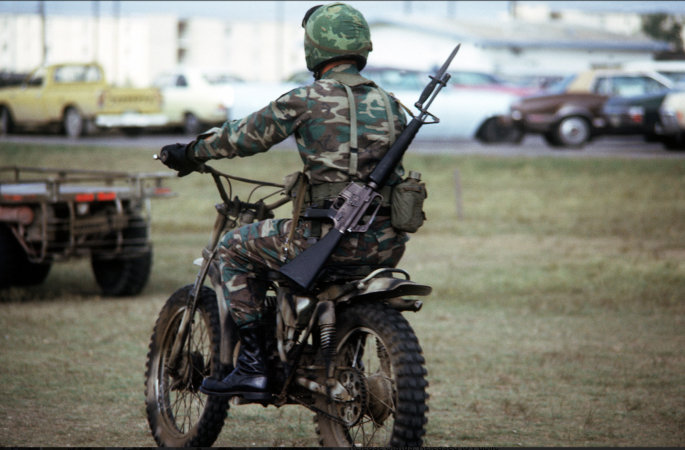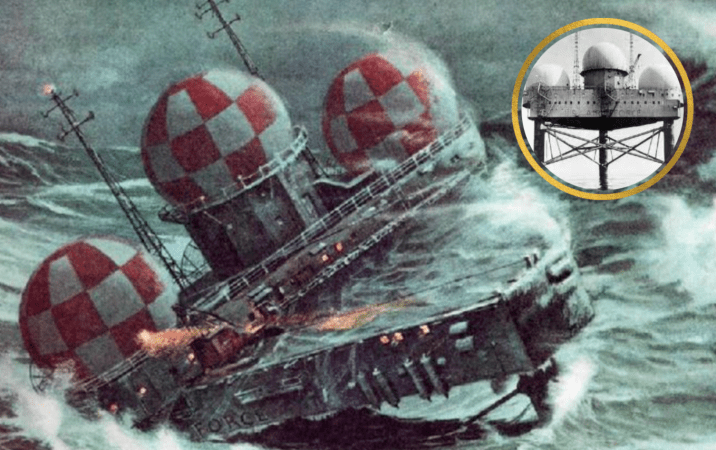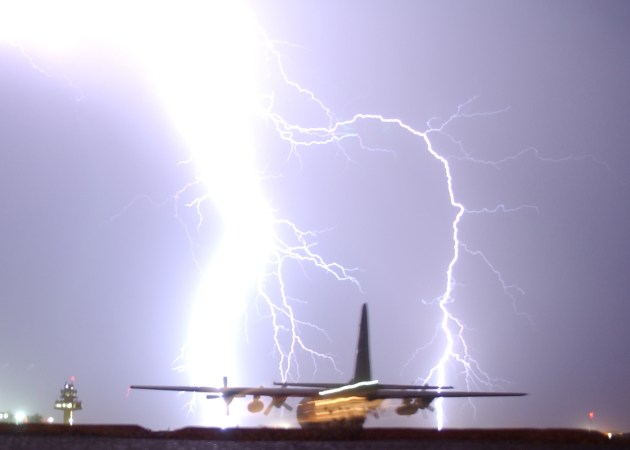Special operations forces are a diverse lot.
The Green Berets can bring in engineers, comms specialists, and even weapons specialists. The Navy SEALs bring their own lethal skills, as do Navy EOD personnel. The Air Force, though, has shown it can deploy surgical teams that can operate in remote conditions, combat controllers, pararescuemen, and other specialists.

Perhaps the most interesting of those other specialists are the Special Operations Weathermen. Yeah, that’s right – the Air Force has trained meteorologists who can go in with other special operations personnel. Now, you can understand a unit like a special operations surgical team, but why a weatherman? At first glance, that doesn’t make a lot of sense.

Believe it or not, weather matters in military operations. Air drops in Sicily in 1943 and during the invasion of Normandy on D-Day were greatly affected by the wind. Today, even with GPS, air-dropping supplies depends on knowing what the wind will be like. While the “little groups of paratroopers” are legendary, the better outcome is to have most of the troops and supplies land together.

These “weather commandos” need to attend eight schools from across the country to earn their gray beret, and spend 61 weeks in training. This involves everything from learning how to forecast the weather and to take the observations to learning small unit tactics to handling both water survival and underwater egress training. These personnel even attend the Airborne School at Fort Benning.

Even after those 61 weeks, when they become Special Operations Weathermen, these “Weather Warriors” will spend a year in further training before they deploy.
They will head out, not only to help predict the wind and rain, but to help bring the pain on the bad guys.






